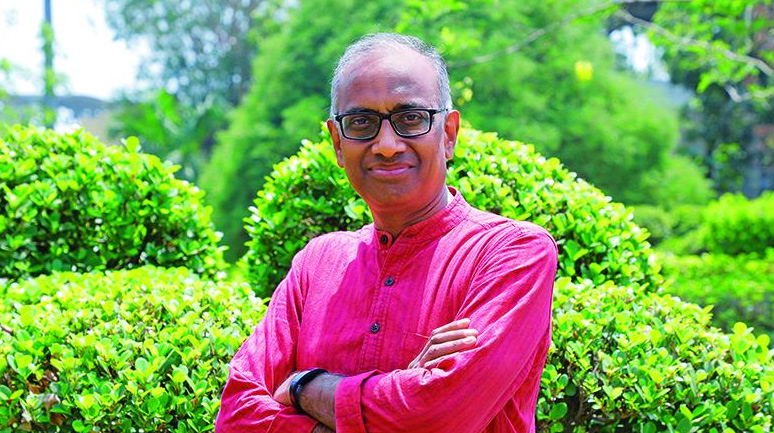
Farmers need predictable linkages with markets


After their agonizing experience in cities during the lockdown, migrant workers, in very large numbers, are back in their villages. Can the rural economy sustain them? Will they find ways of earning? The rural employment programme, MGNREGA, offers hope. But it remains to be seen whether in the current context it is the solution.
Rural areas have for the longest time been denied the investments which could have generated the economic activity needed to keep people from migrating. The current crisis is an opportunity to have a better understanding of how this can change.
In our search for answers we turned to PRADAN (Professional Assistance for Development Action), an NGO devoted to nurturing rural livelihoods. PRADAN works in seven of India’s poorest states — Bihar, Chhattisgarh, Jharkhand, Madhya Pradesh, Odisha, Rajasthan and West Bengal.
It has been behind initiatives for boosting agricultural productivity and linking farmers to markets through cooperatives and producer companies. PRADAN’S work has led to several successful examples of income generation.
It has promoted the National Smallholder Poultry Development Trust (NSPDT) which supports 11,351 women poultry farmers across 23 cooperatives. It has also nurtured the Tasar Development Foundation (TDF), which works with 20,000 farmers to rear cocoons for silk. PRADAN has been at the forefront of organizing women into self-help groups and linking them to financial services.
We spoke to Narendranath Damodaran, executive director, on PRADAN’s journey and what can be done now to deal with the tricky problem of surplus labour in the countryside.
Q: Do you think the village economy can absorb all the migrant workers who have returned?
A: I don’t think it is currently possible. In some of the villages in Jharkhand where we work, we have seen the population increase by almost 30 percent. That’s a large number.
Almost every family has one or more members who have come back so there are many more to feed. One of the things we have been trying to push is MGNREGA. But people who have returned may not have the skills to do earth work in MGNREGA. They haven’t been doing hard manual labour for a few years. About 20 to 30 percent don’t have job cards. Around 30 percent are able to join MGNREGA work. We find 50 to 60 percent are sitting idle at home. A negligible number has started small enterprises like small shops.
About 60 percent won’t stay back in the villages. They are waiting for the lockdown in cities to lift and for shop floors, retailers, eateries, construction sites to reopen so that they can get back to their earlier jobs.

